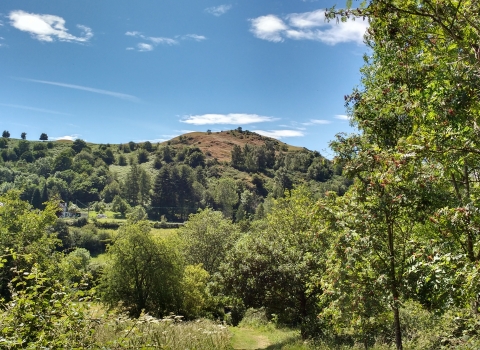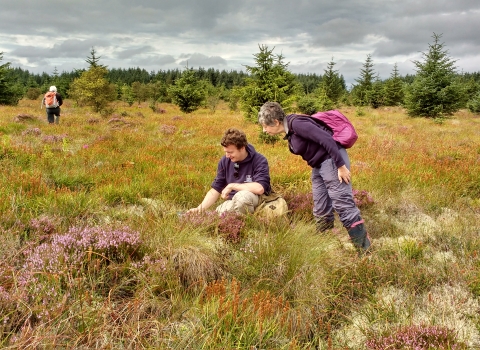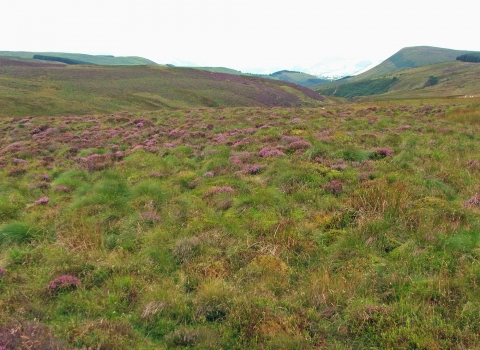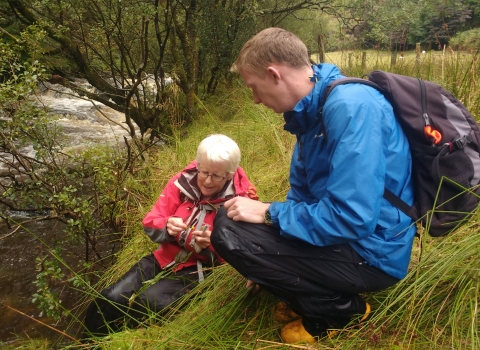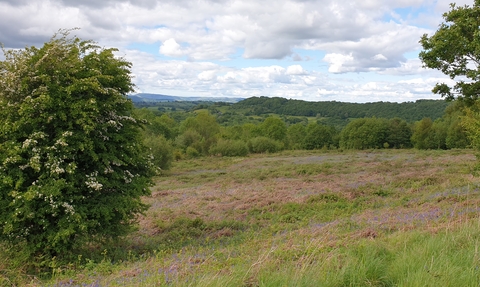
A Montgomeryshire Local Wildlife Site in the spring © MWT/Tamasine Stretton
Local Wildlife Sites
From mystical ancient woodlands to enchanting waterways, the UK enjoys special, often unnoticed wild places where nature thrives.
What are Wildlife Sites?
It is generally felt that a countryside rich in wildlife is good for the present and future well-being of everyone. Many of our wildlife havens have already disappeared, taking with them plants and animals which were once common.
Most farms and country properties have areas which are appreciated for their wildlife interest; a field where Lapwings nest and raise their young, or a hedge bank full of flowers and butterflies in the summer. Even sites near urban areas can be important, as they provide wildlife corridors into towns.
Areas where wildlife thrives are very important and wildlife trusts across Wales are identifying these special areas as Wildlife Sites. These are the most important places for nature, outside of protected areas such as Sites of Special Scientific Interest.
Why do Local Wildlife Sites matter?
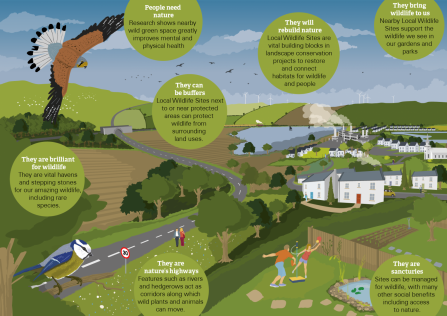
Download the Local Wildlife Sites guide
Selecting Local Wildlife Sites in Powys
For a Local Site system to succeed and be given due recognition, it is important that rigorous criteria be produced for the selection of a ‘Local Wildlife Site’. The system can then demonstrate why a particular site has passed or has not met the criteria for being a ‘Local Wildlife Site’, making it a justifiable process. A key part of the Where the Wild Things Are project was reviewing the criteria by which LWS are selected in Powys; the previous criteria were written in 1999, so it was time to bring them up to date.
The review was completed in January 2020 and the current Powys LWS selection criteria can be downloaded below. This is a living document, so it will be updated as often as is required.










